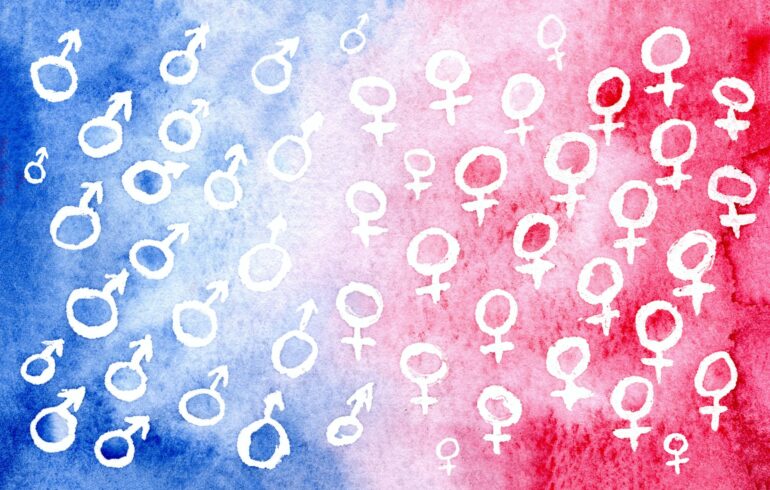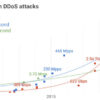
Uncommon Courses is an occasional series from The Conversation U.S. highlighting unconventional approaches to teaching.
Title of course:
Diversity of Biological Sex Characteristics
What prompted the idea for the course?
Most people view biological sex, or the physical features related to reproduction, as simple and binary – either male or female. Even those who recognize that gender – referring to cultural norms around biological sex, or a person’s internal feeling of being masculine, feminine or both – can be complex and nuanced don’t see biological sex in the same way. Many also regard variability in sex and gender as exclusive to people – not found in nonhuman animals.
I am a behavioral neurobiologist who has been teaching human physiology since 1998. Over the past several years, I have focused my reading and writing on the biology of sex. It struck me that many of my students had misguided assumptions about sex characteristics, including that all people are physically either 100% male or 100% female.
A course on biological sexual diversity in both nonhuman animals and people could challenge these assumptions.
What does the course explore?
First, we examine why sexual reproduction evolved in any species. This question is still hotly debated among biologists because sex is inefficient. It requires time and energy to find a suitable mate and unite your sex cells, plus it allows you to pass on only half your genes to your offspring.
In comparison, asexual reproduction – essentially cloning yourself – is much more efficient. You don’t have to find a mate, and everyone can produce offspring themselves because there are no males. In biology, “male” refers to an individual that makes small sex cells like sperm, and “female” refers to an individual that makes large sex cells like eggs.
Next, we explore nonhuman sexual diversity, including fungi that have thousands of sexes and aphids that reproduce asexually most of the year but sexually once each fall. Among many others, we also learn about fish that are male or female at different times of their lives; intersex crayfish; and female spotted hyenas that have a penis.
Sex characteristics manifest in different ways across the animal kingdom.
We then transition from nonhuman animals to people, via the brain. We learn about a few small brain structures in vertebrates that likely have reproductive functions and are differently sized in females versus males on average. We also learn that most people have some brain structures that are more typically male, others that are more typically female and still others that are intermediate – in other words, most people are mosaics of female-typical and male-typical brain sex characteristics.
Finally, we focus on the biological sex characteristics of intersex people. The chromosomes and reproductive organs…



